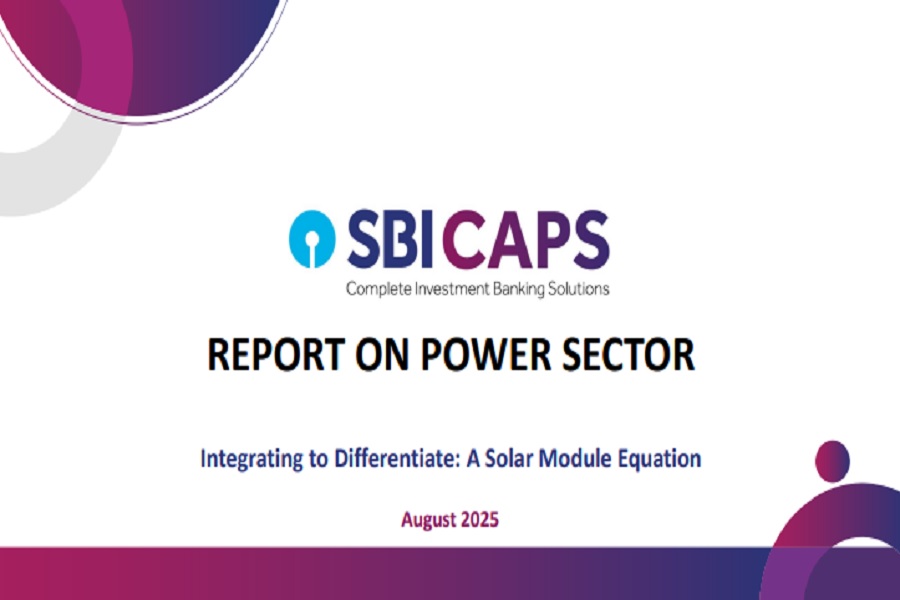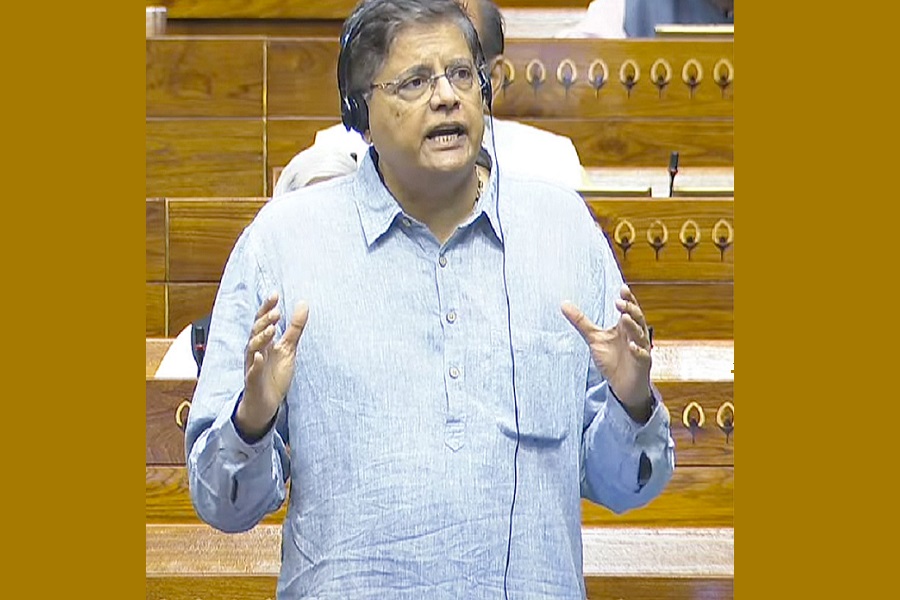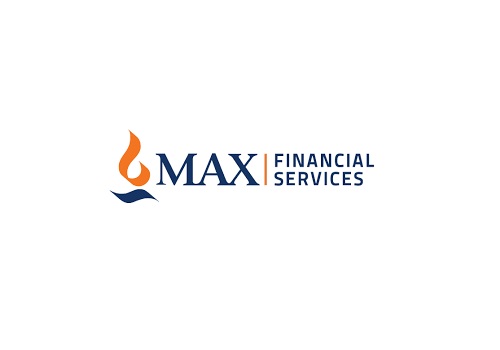Health Insurance Sector Update - SAHIs: Securing the population By Motilal Oswal Financial Services Ltd

SAHIs: Securing the population
About 5x-8x industry size achievable by FY30!
* Significant room for growth…: Health insurance has emerged as the largest segment in the Indian general insurance industry, with premiums of INR907b/INR736b in FY23/ FY22. During FY19-FY23, the industry posted a 19% CAGR. However, notwithstanding such robust growth, we observe that only 4% of the population is covered under retail health insurance plans.
* …with multiple triggers: The key premium growth drivers in retail health insurance industry are: 1) number of lives covered, 2) sum assured per policy (2x in 2-3 years), and 3) pricing. Of these, pricing is likely to be the key near-term growth driver (15-20% price hikes implemented by key players), while the other levers are expected to start contributing meaningfully over the medium term.
* Sizing up the opportunity in retail health: Assuming a 10% p.a. increase in ticket size and the customer base surging to 143m in FY30 from 53m in FY23, we estimate the industry to post a 24% CAGR in premiums paid, reaching 4.5x of FY23 levels.
* Market share jumps over the last few years: Standalone health insurance companies (SAHIs) had an enviable 55% market share in retail health for 1HFY24 that surged from 39% in FY19. The inherent strengths in the business model – such as: 1) advantage in hiring of agents, 2) product innovation, 3) association with hospitals and 4) strong management focus – will ensure strengthening of their leadership position.
* Profitability to revive: From a profitability perspective, claim ratios would normalize as price hikes would offset medical inflation. Expense of Management (EOM) ratios should moderate with scale benefits. EOM regulations will help companies manage between commissions and expenses, thus enabling growth across all channels.
* IFRS implementation to aid RoE improvement: IFRS is expected to be implemented in FY26. A key measure that will enhance RoEs for SAHIs would be the amortization of costs, which are all currently up-fronted.
* Composite license – a catalyst in creating value: A concern for SAHIs has been the possibility of a Composite license, under which life insurers would be allowed to sell health insurance. Claims processing and underwriting will be key challenges for life insurers. On the other hand, SAHIs will also be allowed to sell life insurance products.
* A STARring role in the offing: We expect STARHEAL to report a strong 19% premium CAGR over FY23-26E driven by a 20% price hike, a strong push in the banca channel, sustained growth in specialized products, and deepening presence. We project the combined ratio to improve to 94.1% in FY26 from 95.3% in FY23. These should result in a PAT CAGR of 32% over FY23-26E and an RoE improvement to 15.4% in FY26 from 11% in FY23. Reiterate BUY with a one-year TP of INR730 (based on 30x FY26E EPS).
* Peer analysis: In this report, we have also analyzed the unlisted SAHIs – Niva Bupa, Care Health, Aditya Birla Health, and Manipal Cigna – on key parameters.
Retail health insurance could be 5x-8x by FY30
Retail health insurance in India remains grossly underpenetrated, with only 4% of the population having retail coverage under individual or family floater policies. Considering the group health and government schemes, the coverage is 38%. However, we note here that the penetration is not as widespread. Even with regards to retail health penetration, states such as Maharashtra, Gujarat, and Delhi have much higher penetration (albeit low in absolute terms). Assuming a 2x-4x coverage until FY30, a 10% CAGR in ticket size for existing customers and a 20% lower ticket size for new customers, the retail health industry could be 4.5x-7.6x until FY30 at INR1.6-2.6t
For More Motilal Oswal Securities Ltd
Disclaimer http://www.motilaloswal.com/MOSLdisclaimer/disclaimer.html SEBI Registration number is INH000000412









More News

Metals & Mining Sector Update : A new cycle born out of necessity ? Wired by copper, backed ...














